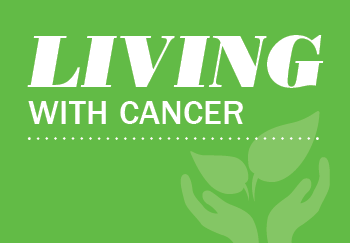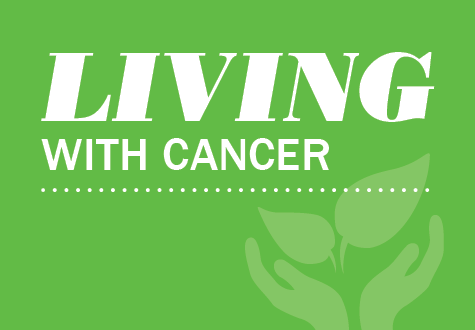
This is the spongy tissue hidden inside bones, and are responsible for creating the different cells your body needs. A stem cell transplant replaces unhealthy cells with healthy ones, as the National Marrow Donor Program (NMDP) and Be the Match explain.
Preparing for the Transplant
There are two types of stem cell transplant. Your oncologist will determine which type of transplant is best for you based on your disease, age, treatment history and overall health.
- Autologous Transplant
“Auto” means self, so this kind of transplant uses your own blood cells. Your medical team will collect the stem cells from your blood and filter and freeze them until your body is ready for the transplant. After your cancer has been treated, they will use an IV infusion to return your cells to your body. - Allogeneic Transplant
With a so-called allo transplant, you receive stem cells donated by another person. After your cancer has been treated, and an appropriate donor identified, his or her cells will be collected for your infusion. The priority will be to find a donor whose blood proteins are as similar to yours as possible to maximize the chances for success. The donor can be a close relative (like a brother or sister) or an unrelated volunteer.
Regardless of what type you get, you’ll first need to have chemotherapy and possibly radiation therapy. This conditioning regimen will treat the cancer and, ideally, allow those healthy new cells to settle into your marrow to start making new blood cells.
During the Transplant
After so much waiting, transplant day might seem deceptively quiet, but there’s plenty going on inside your body. You’ll receive the new cells into your bloodstream via your IV or catheter during a transfusion that lasts about 30 to 60 minutes, reports the American Society of Clinical Oncology (ASCO). The new cells will circulate through your body for about 24 hours before entering the bone marrow.
Once there, the cells will start to grow and make new blood cells. This process, which is known as engraftment, takes about 10 to 21 days, according to NMDP. During this time, you’ll have very few blood cells and will be at risk of infection and other complications. It’s common for stem cell transplant patients to need blood transfusions during this time.
The Recovery Period
UVA Stem Cell Transplant Program
This program is recognized by the National Marrow Donor Program and has access to the Be The Match Registry, the world’s largest and most diverse bone marrow donor registry.
Because of the risks of infection, you’ll need to be in the hospital for an extended amount of time before, during and after your transplant. The exact number of days will vary, but NMDP suggests using a minimum of 30 days as a planning guideline.
During early recovery, which lasts from around day 30 to day 100, your immune system will remain depressed but should be strong enough to allow you to return home, though not to full activities yet. (Talk to your doctor about the best ways to avoid infections once you’re out of the hospital.)
Following your inpatient stay, you’ll still require frequent visits with your medical team as they monitor your blood counts and look for signs of infection and other complications. Gradually, your strength will return and your risk of infection and bleeding will lessen. NMDP notes that reaching a “new normal” stage of recovery often takes a year or more, so it’s important to be patient with yourself.
But, if all goes well, a stem cell transplant may represent your best chance of achieving remission or even a cure, depending on your disease. And your medical team will continue by your side every step of the way.
